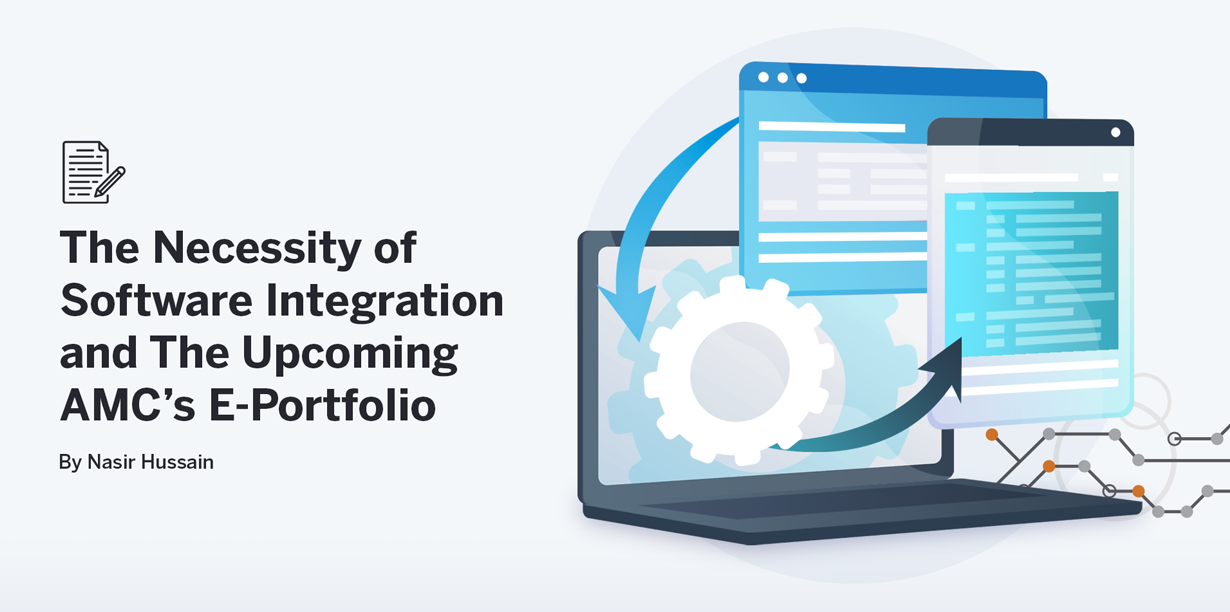The Necessity of Software Integration and The Upcoming AMC’s E-Portfolio

Software integration is commonly understood as merging multiple software applications to enable data sharing and to utilise the versatility of different software systems in a unified manner. In a time of swift technological progress, merging software systems into government functions has emerged as a critical necessity.
Over the past two decades, our software firm has been delivering tailored solutions for medical education in Australia. During this time, we've encountered various government applications, including AGPT1's RIDE2 system. This system, initially managed by AGPT and later by the Australian Department of Health, stands out for its unique features of third-party integration for essential data sets. This capability not only fosters robust competition but also plays a pivotal role in enhancing software systems for AGPT, ensuring seamless integration with RIDE.
In my experience, an architecture that integrates multiple systems with a central reporting hub proves superior. This approach, facilitated by diverse third-party systems, offers a wide range of customisation options to meet each organisation's unique needs. In contrast, a single centralised system without third-party integration capabilities can stifle creativity and customisation, potentially impeding the rapid implementation of tailored features.
The AMC3 is set to launch an E-Portfolio for PGY4 programs across Australian hospitals in 2025. Software solution providers anticipate that AMC's E-Portfolio will encompass a comprehensive suite of integration tools to facilitate typical data exchange. This approach empowers hospitals to employ their software of choice for PGY Assessments and related tasks and adopt cutting-edge features that are in step with international progress in medical education. For instance, hospitals utilise a variety of assessments for senior clinicians, share educational resources, and host educational events and activities outside the AMC's E-Portfolio specifications. A mandate to use AMC's E-Portfolio exclusively could hinder incorporating innovative features and allow hospitals to meet their unique requirements.
In conclusion, it would be beneficial for Australian state hospitals to have the freedom to select their preferred software while also being able to integrate with the AMC's E-Portfolio for essential data and reporting. Such an open approach would foster a competitive environment, prompting software firms to swiftly enhance their offerings with features that reflect the latest global developments in medical education.
Managing Director
JAM Web Services
1AGPT: Australian General Practice Training
2RIDE: Registrar Information Data Exchange
3AMC: Australian Medical Council
4PGY: Postgraduate Year